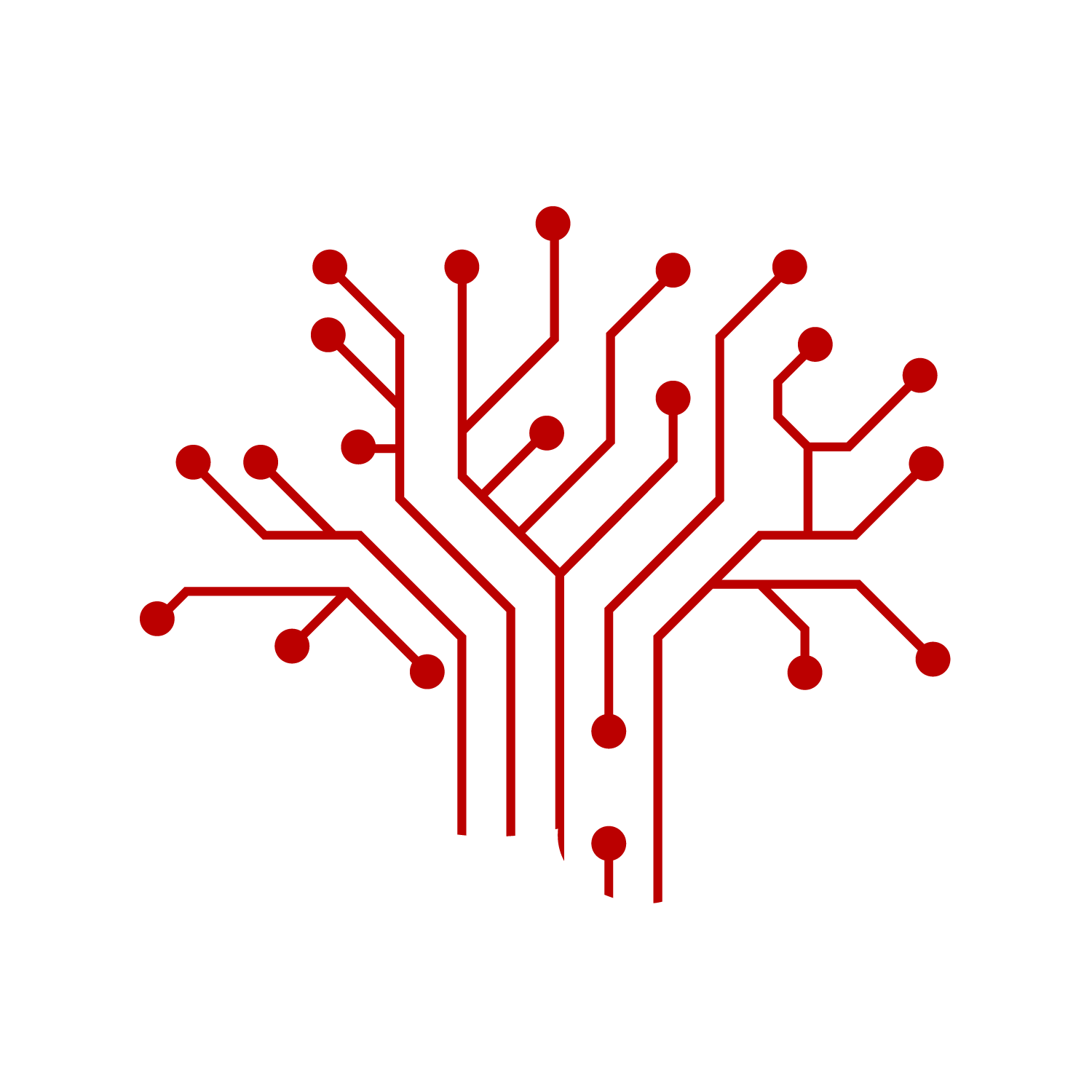New prosthetic limbs allow people to 'feel' again
New prosthetic limbs go beyond the functional to allow people to ‘feel’ again
By Payal Dhar, Washington Post
from the Washington Post
Bin He, professor and head of Biomedical Engineering at Carnegie Mellon University, is interviewed in the Washington Post about the noninvasive high-precision brain-computer interface that he and his colleagues are working to develop.
In June, He reported a breakthrough: a “mind-controlled robotic arm . . . that demonstrates for the first time, to our knowledge, the capability for humans to continuously control a robotic device using noninvasive EEG signals.”
The term noninvasive is key. Noninvasive BCIs have shown promising results but only in performing distinct actions — for example, pushing a button. When it comes to a sustained, continuous action such as tracking a cursor on a computer screen, noninvasive BCIs have resulted in jerky, disjointed movements of the robotic prosthesis. In He and his team’s demonstration, the subject controlled with their mind a robotic arm to track a cursor on a computer screen, and the prosthetic finger was able to follow the cursor in a smooth, continuous path — just as a real finger would. What is more interesting is that, while they used a computer-wired EEG cap on the subject in the lab, He said that it is not necessary.

